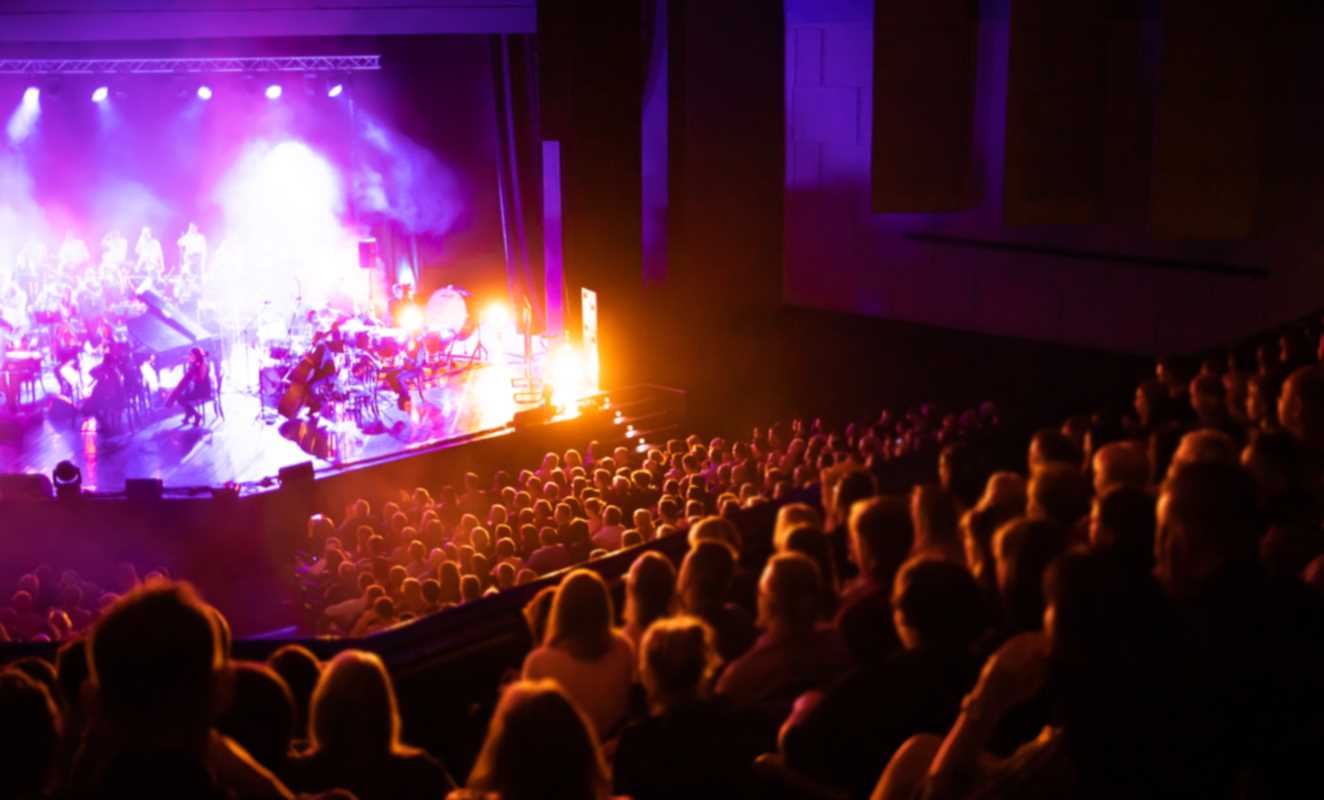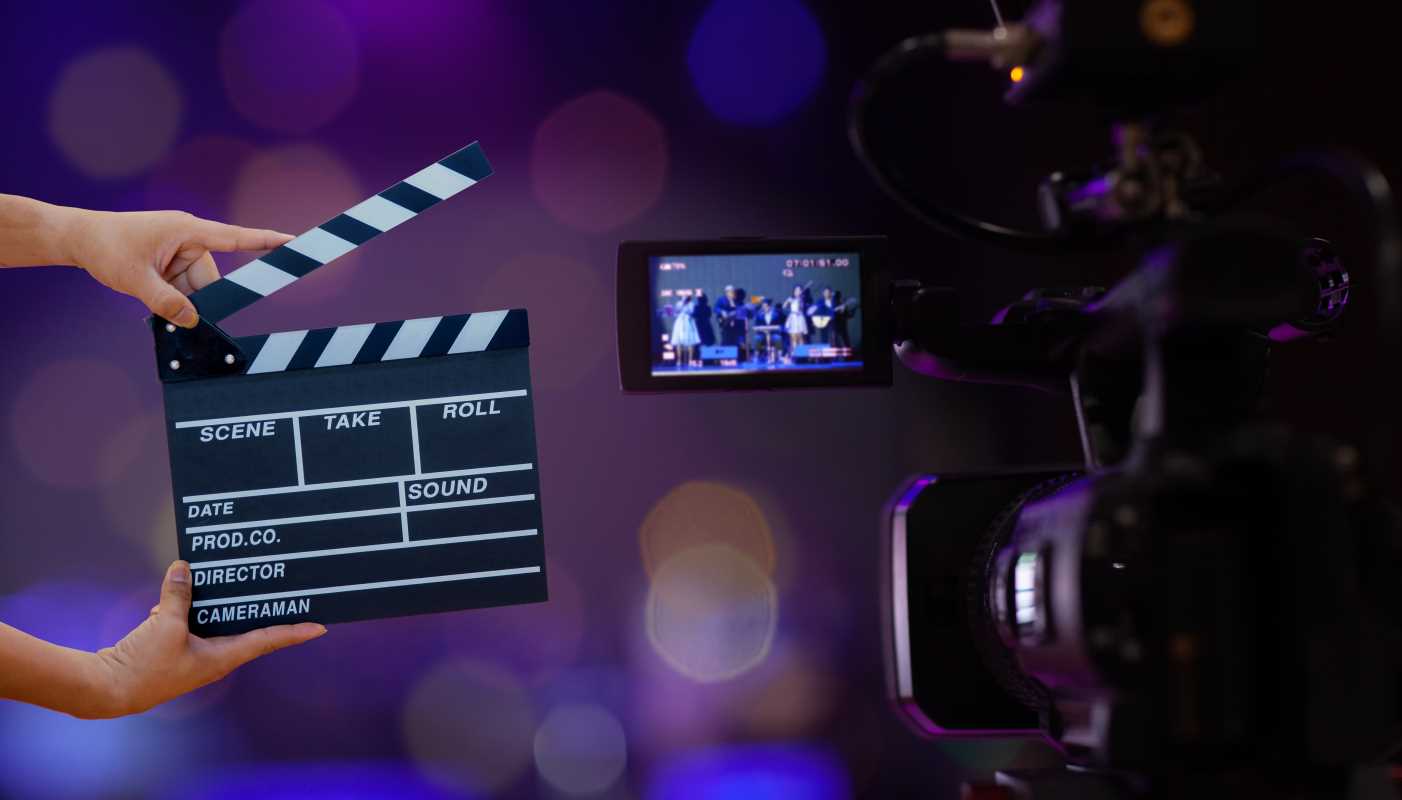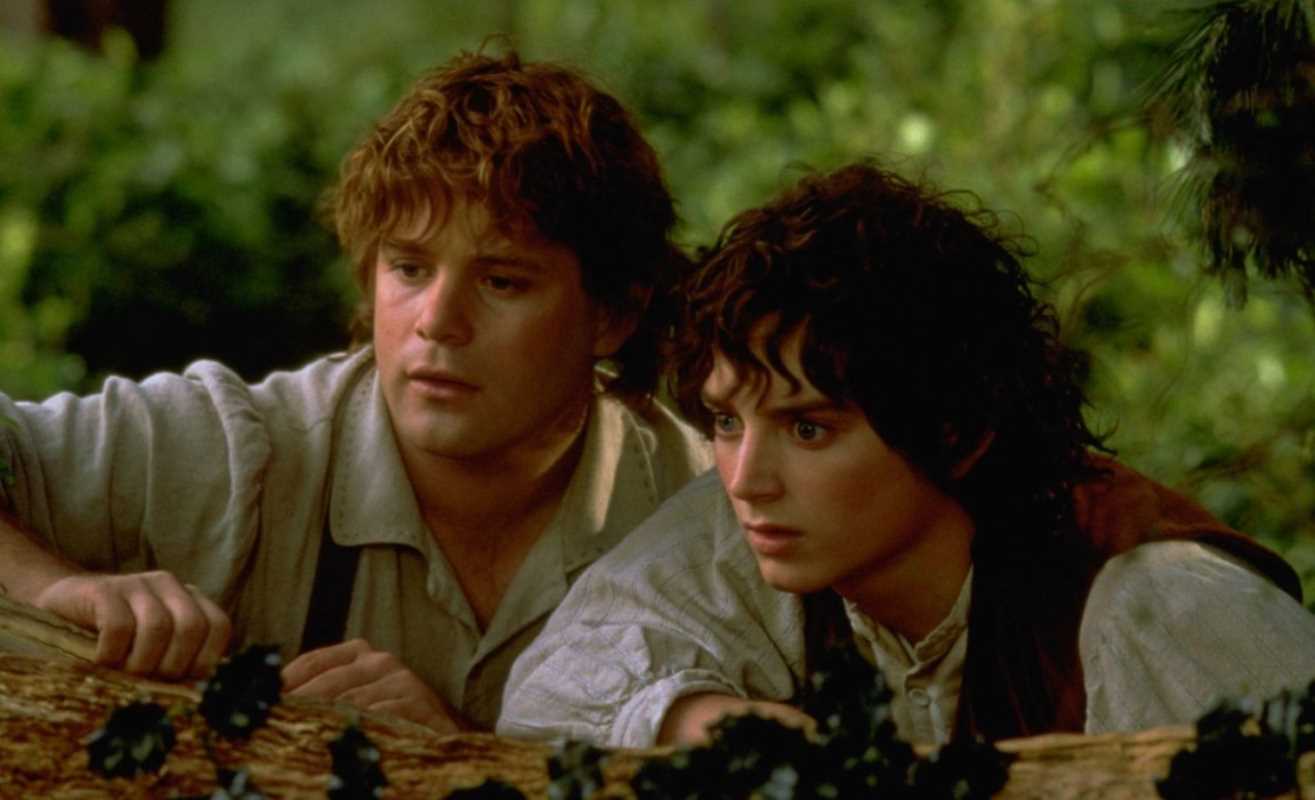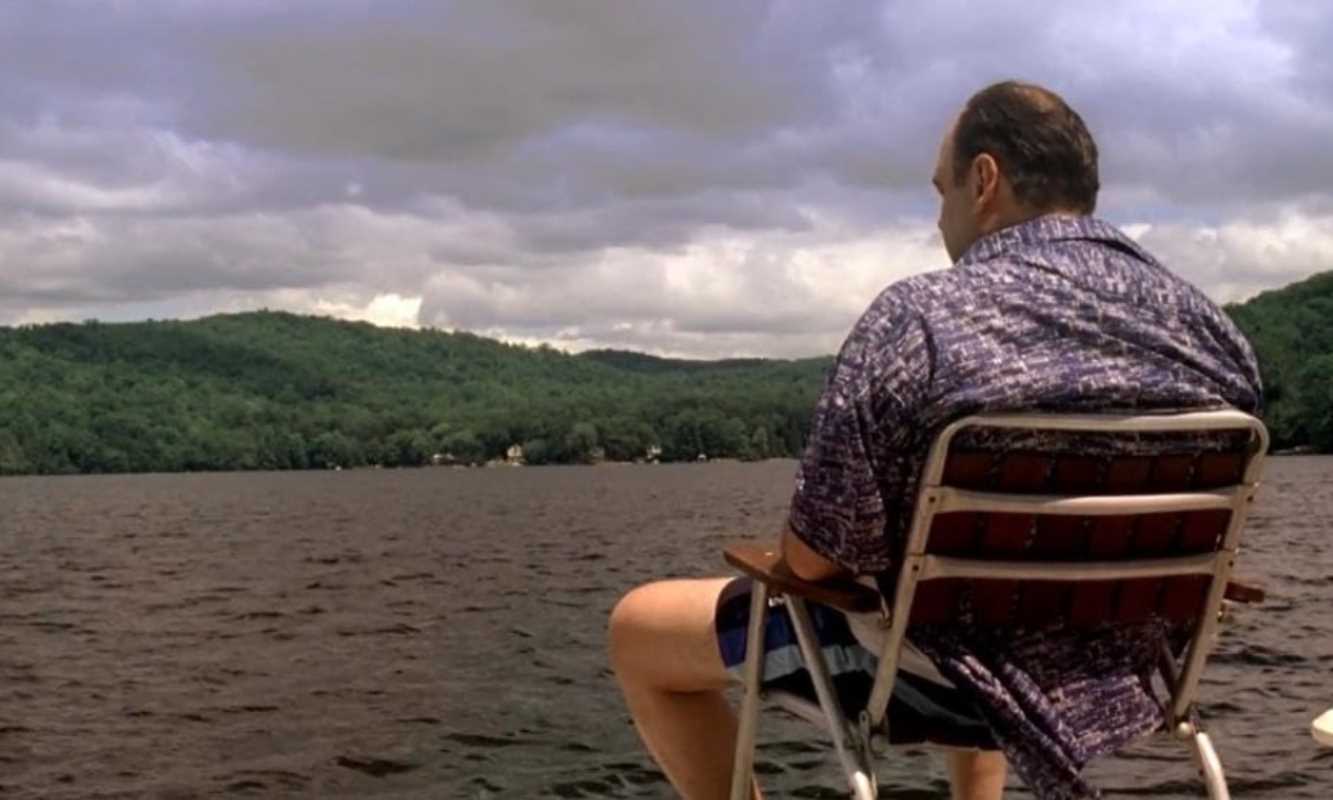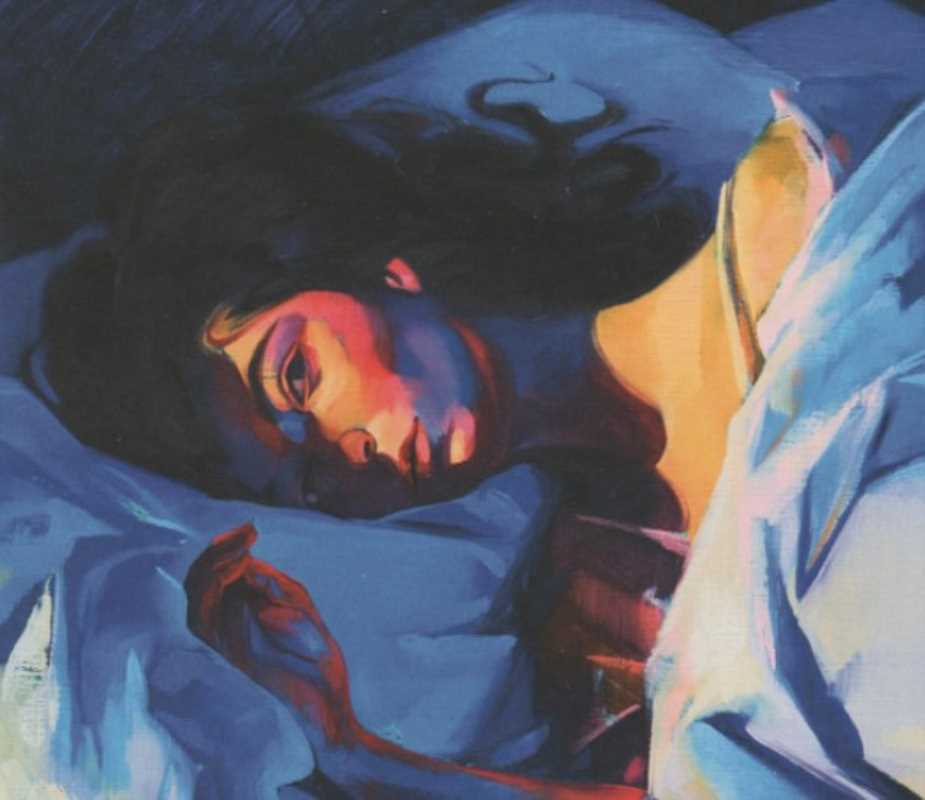Since its debut in 2016, Stranger Things has captivated audiences with its unique blend of supernatural horror, heartfelt storytelling, and an unabashed love for 1980s pop culture. Created by the Duffer Brothers, the Netflix series has become a cultural phenomenon by expertly blending its eerie, otherworldly narrative with a treasure trove of nostalgic callbacks to the music, movies, fashion, and social trends of the 1980s. While the series’ plotlines and characters are engaging on their own, it’s the seamless incorporation of '80s aesthetics and references that gives the show its signature charm, resonating deeply with viewers who grew up during that decade and introducing younger audiences to its cultural legacy.
The 80s Setting as a Foundation
The 1980s serve as much more than just a backdrop for the show. The Duffer Brothers use the decade as an essential component of the narrative, with its cultural landmarks helping to shape the world and inform the characters’ identities. The series meticulously recreates the small-town American aesthetic of the era, using everything from set design to costume choices to immerse viewers in its nostalgic vision of the past.
- Iconic Locations: The fictional town of Hawkins, Indiana, feels like it could have been lifted directly out of a John Hughes film. From the neon-lit Starcourt Mall to the wood-paneled basement where the kids play Dungeons & Dragons, every detail is steeped in '80s authenticity.
- Tech and Trends: The reliance on walkie-talkies, rotary phones, and cassette players reinforces the era’s technology, highlighting a time when communication and entertainment were less digital and more tactile.
- Costumes and Style: The characters’ wardrobes pay homage to the fashion of the time, with brightly colored windbreakers, denim jackets, and patterned shirts that reflect the era’s bold aesthetic.
Pop Culture References Galore
The Duffer Brothers’ love for 1980s cinema, music, and gaming is apparent in every episode of Stranger Things. They weave pop culture references into the story in organic rather than gimmicky ways, making the series a cultural tapestry of the decade.
Film and TV Homages: Many of the show’s plotlines and themes are direct nods to classic '80s films.
- E.T.: The bond between Eleven and the boys mirrors the relationship between Elliott and the titular alien in E.T., complete with a government conspiracy and bikes as a primary mode of transportation.
- The Goonies: The group’s adventures and their dynamic as a band of misfits closely resemble the camaraderie of the kids in The Goonies.
- Alien and The Thing: The show’s monsters, particularly the Demogorgon and the Mind Flayer, are heavily inspired by the creature designs in these sci-fi horror classics.
Music as a Time Machine: The show’s soundtrack is another cornerstone of its '80s aesthetic, featuring iconic hits that transport viewers directly into the decade.
- Kate Bush’s “Running Up That Hill”: A pivotal moment in Season 4 sees Max’s life literally hanging in the balance as she uses this song to fight off Vecna’s curse. The scene not only highlights the emotional power of music but also catapulted Kate Bush’s 1985 hit back to the top of the charts.
- Mixtape Culture: The characters frequently bond over shared musical tastes, emphasizing the importance of mixtapes and vinyl records in the pre-digital age.
The Rollerblading Scene: One of the standout moments of Stranger Things Season 4 is the rollerblading scene, which combines the joyful nostalgia of an '80s pastime with the show’s recurring themes of isolation and bullying.
- The Setting: The neon-lit rink, with its retro color palette and upbeat music, captures the quintessential '80s rollerblading experience. The scene is a perfect example of how the series recreates the cultural phenomena of the decade, immersing viewers in a slice of nostalgia.
- Eleven’s Struggle: Despite the lively atmosphere, the moment turns heartbreaking as Eleven, trying to fit in with her peers, becomes the target of bullying. Her classmates humiliate her by pouring a milkshake on her in front of everyone, symbolizing her deep sense of alienation and her struggle to navigate the world without her powers.
- Duality of Nostalgia: This scene highlights one of the strengths of Stranger Things: it doesn’t idealize the past. While it celebrates the fun and vibrancy of '80s culture, it also acknowledges the challenges and harsh realities of adolescence.
The Timeless Appeal of Friendship
At its core, Stranger Things is a story about friendship and '80s coming-of-age films deeply influence its portrayal of tight-knit bonds among its characters. The friendships between Mike, Dustin, Lucas, Will, and Eleven evoke the same camaraderie and loyalty defined by films like Stand by Me.
- Shared Adventures: Whether battling supernatural creatures or simply navigating middle school, the group’s adventures are a testament to the enduring power of friendship. Their dynamic captures the innocence and intensity of childhood friendships, where every moment feels monumental.
- Conflict and Growth: The series also explores the growing pains of adolescence, showing how friendships evolve over time. The characters’ disagreements and reconciliations reflect the complexities of real-life relationships, making their bonds feel authentic.
Nostalgia as a Bridge Between Generations
Stranger Things' nostalgic elements resonate with a wide audience, bridging the gap between those who grew up in the 1980s and younger viewers discovering the decade for the first time.
- For Older Viewers: The series serves as a time capsule, evoking memories of a simpler era when arcades, malls, and mixtapes were cultural staples.
- For Younger Audiences: By introducing them to '80s culture through a modern lens, the show fosters an appreciation for the music, fashion, and technology of the past.
This dual appeal has been instrumental in making Stranger Things a cultural phenomenon, uniting viewers across generations through a shared love of storytelling and nostalgia.
Legacy of Stranger Things
As Stranger Things continues to evolve, its love letter to '80s pop culture remains at the heart of its appeal. By blending supernatural intrigue with heartfelt storytelling and an authentic recreation of the 1980s, the series has redefined what it means to create a nostalgic tribute. It’s not just about referencing the past—it’s about capturing its spirit and making it relevant for contemporary audiences.
Whether through iconic scenes like Eleven's rollerblading humiliation, the kids’ adventures in the Upside Down, or the emotional power of Kate Bush’s music, Stranger Things has proven that the past is not just something to remember—it’s something to relive, reimagine, and celebrate.
 (Image source: 21 Laps Entertainment; Monkey Massacre Production)
(Image source: 21 Laps Entertainment; Monkey Massacre Production) 